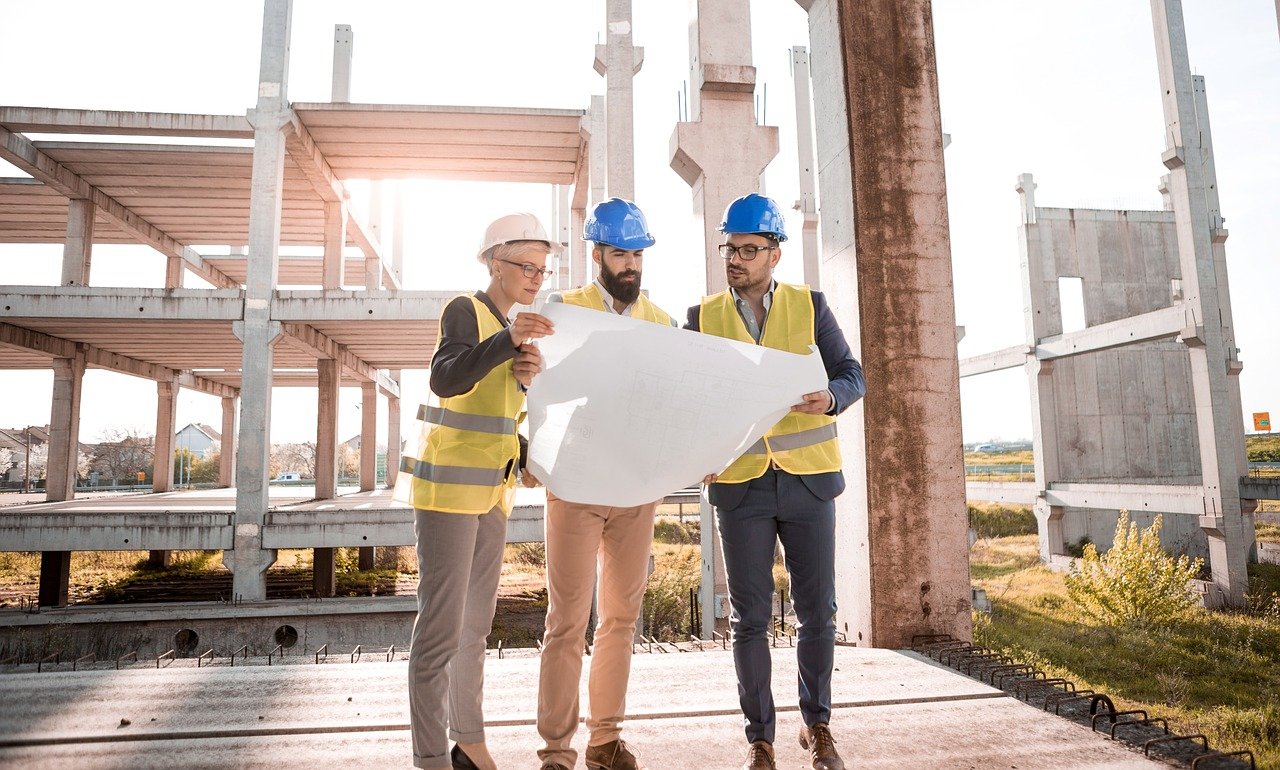When it comes to sound insulation in any structure, it’s important to understand the role structure-borne sound plays. If you need a sound survey London then please see here.
The best place to start is by understanding what structure-borne sound is all about and what is needed to insulate against it.
Defining Structure-Borne Sound?
This type of sound originates from pulses that spread from a specific area to a detection device or ear. With a modern structure, the sound will commonly be one of two things – airborne or structure-borne. Structure-born sounds are anything that tends to carry within the structure of the building. The best example of this would be something as simple as a person walking upstairs that can then get passed through the floor before being heard by someone downstairs.
There are specific processes in place when it comes to understanding how structure-borne sound works and why it has to be mitigated.
1. Generation – Where The Oscillation Comes From
2. Transmission – How The Energy Moves To The Building From The Source
3. Propagation – How The Energy Is Distributed To The Building From The Source
4. Attenuation – This Focuses On The Reflection Of The Sound As They Hit Different Surfaces Inside The Structure
5. Radiation – This Focuses On Vibrations That Come From Unprotected Surfaces. This Can Be Linked With Airborn Sounds As The Vibrations Hit Harder Surfaces Inside The Building.
When there is airborne sound in a building, it is common for there to be vibrations when they make contact with any type of unprotected surface.
This is why it is important to mitigate both types of sound.
How To Reduce Structure-Born Sound?
The impact of structure-borne sound is not difficult to control as long as you are aware of what works and what doesn’t.
Here is a look at a few tips that do offer assistance.
1. The flooring materials including carpeting/padding have to be able to manage soundwaves.
2. It is recommended to use a foam-based underlay or other materials such as fibreglass and recycled rubber to control structure-borne sound.
3. It is smart to set up sound clips, spring ceiling hangers, and/or resilient mounts in the area.
4. You should look to focus on the subflooring as soundproofing compounds set up between these elements can go a long way in restricting sound. The compound will help regulate the vibrations that are coming making sure it doesn’t travel easily.
5. This type of sound can be mitigated using a suspended ceiling system or raised floors.
6. Using high-mass structures that have cavities will go a long way in preventing the spreading of vibrations in a structure.
This is one of those details a lot of people don’t think about when it comes to mitigation. It is difficult to understand and there are complexities at play. Structure-borne sound involves numerous variables including how the structure is laid out, radiating surfaces, and the fabrication of the space.
Minimum Expected Impact Sound Insulation Standard
There are strict regulations in place when it comes to what is acceptable for noise insulation. There is sa minimum setup for impact sound transmission within a structure. To test this, a tapping machine is put to the test to see how the vibrations spread.
Breaking Down Structure-Borne Sound
* Generation – Where The Oscillation Comes From
* Transmission – How The Oscillatory Energy Moves From The Source To The Structure
* Propagation – How The Energy Spreads Throughout The Structure
* Attenuation – How The Waves Move Through Structures With Different Materials
* Radiation – How The Sound Is Emitted From An Exposed Surface
This type of sound is often compared to airborne sound even though they are two different things. Yes, they are related but they are not the same. Structural vibrations come from the surface and that is what is known as airborne sound. This is different from the structure-borne sound.
